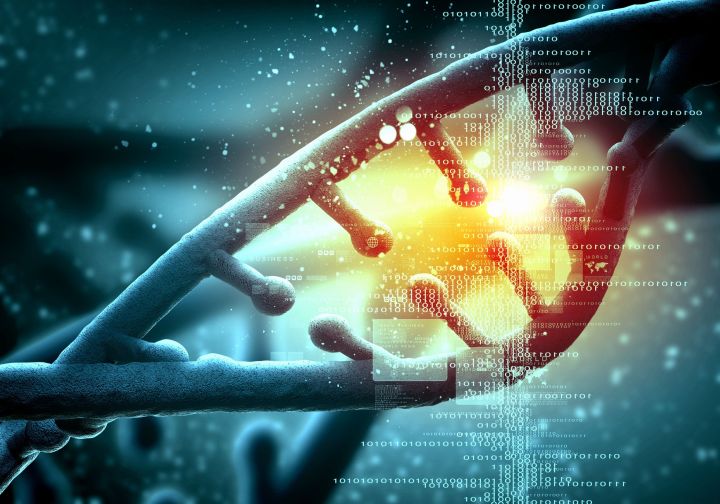
Base editing is a relatively new approach to genome editing. It describes a technique in which a target point mutation is directly converted back to the normal DNA sequence on a permanent basis, without having to introduce a double-stranded cut in the DNA. Because most human genetic variants associated with disease are point mutations, base editing could offer a means by which to advance the study and future treatment of human genetic diseases. The fourth-generation base editor offers a way to improve base editing efficiencies, while greatly reducing undesired byproducts — thereby making the edits much “cleaner”.
“Standard CRISPR-mediated genome editing uses CRISPR-Cas9 nuclease to make a double-stranded cut at a target DNA site, then relies on the cell’s response to that cut to install desired DNA changes,” study co-author David Liu, a Harvard University professor of Chemistry and Chemical Biology and Howard Hughes Medical Institute investigator, told Digital Trends. “Cutting-based strategies have their own strengths, but one challenge facing cutting-based approaches is that making double-stranded breaks in genomic DNA tends to result in a stochastic mixture of products containing insertions, deletions, and translocations at the cut site.”
Liu points out that he doesn’t see CRISPR/Cas9 being entirely replaced by the new technique, however. Instead, he thinks both strategies combined will play complementary roles in the future treatment of genetic diseases. “Our lab, as well as many others, are using base editing to research genetic variants that play a role in disease, and to validate potential therapeutic strategies that might one day be used to reverse the root causes of some of these diseases,” he continued.
Given some of the amazing work that has already been achieved through CRISPR gene editing — from carrying out genetic modifications to make animal organs suitable for human transplant to more “far out” demonstrations like encoding GIFs into the DNA of viruses — we can’t wait to see what comes next.
A paper describing the work of Liu and colleagues was recently published in the journal Science Advances.


